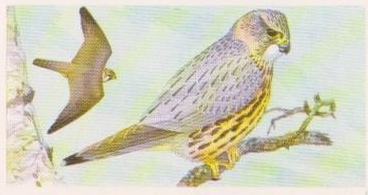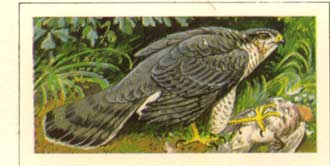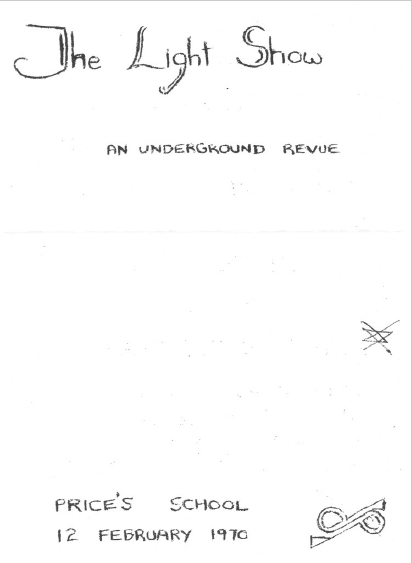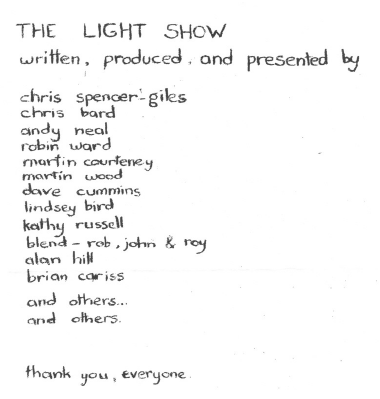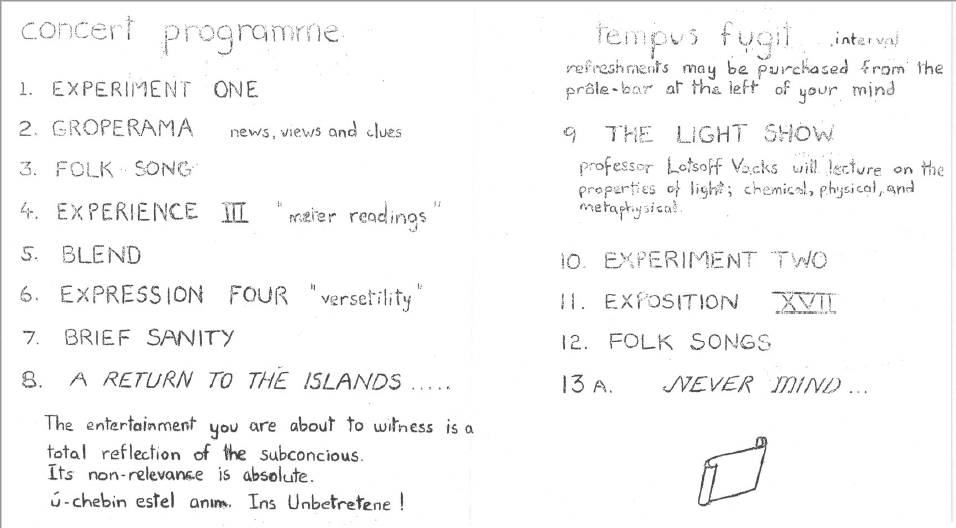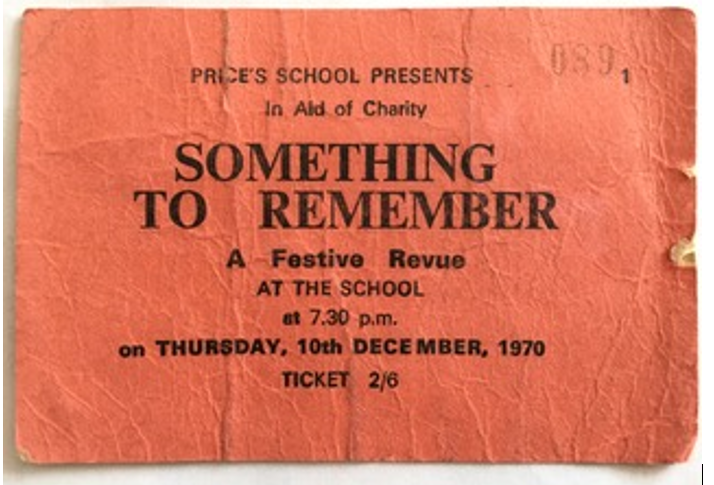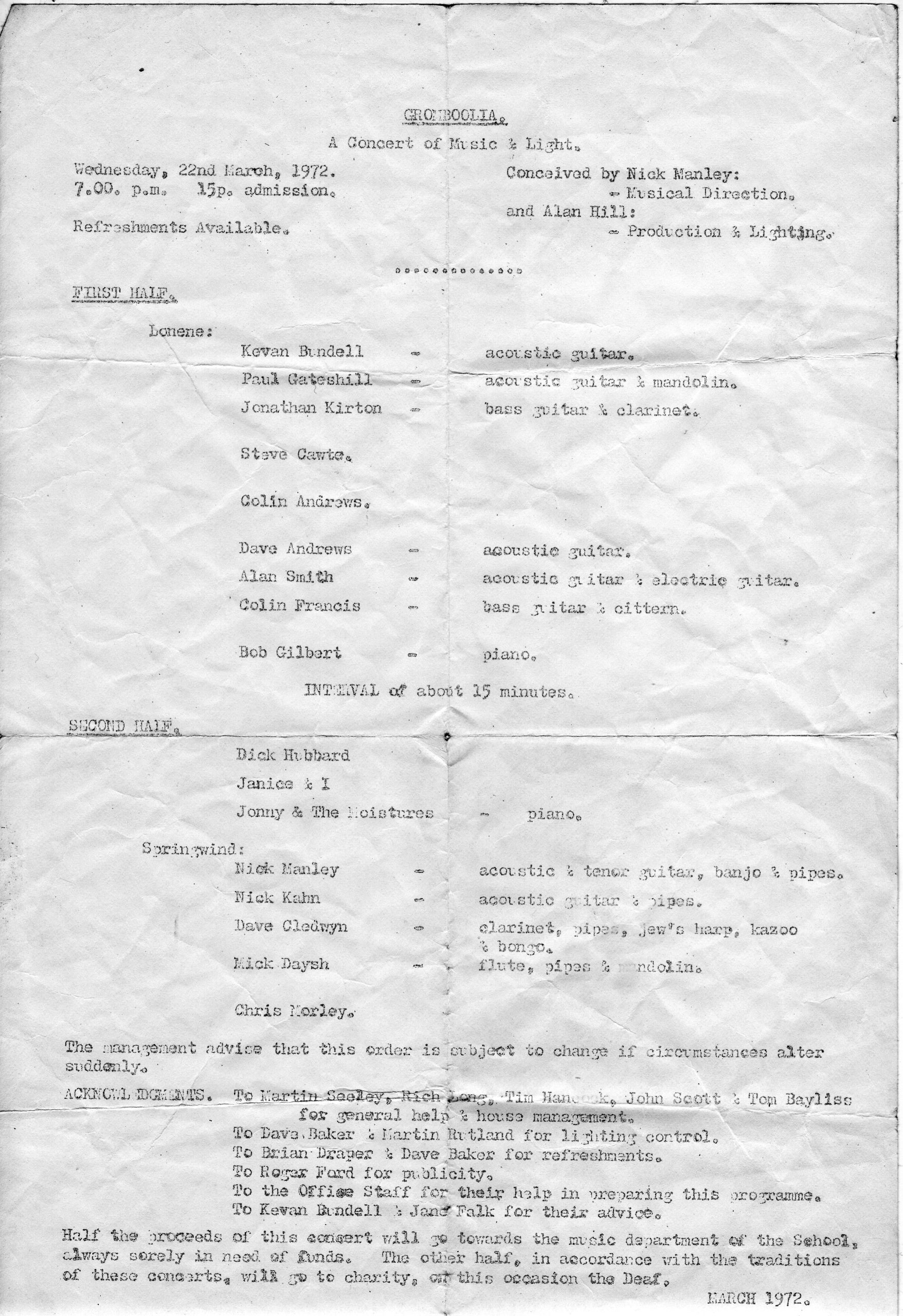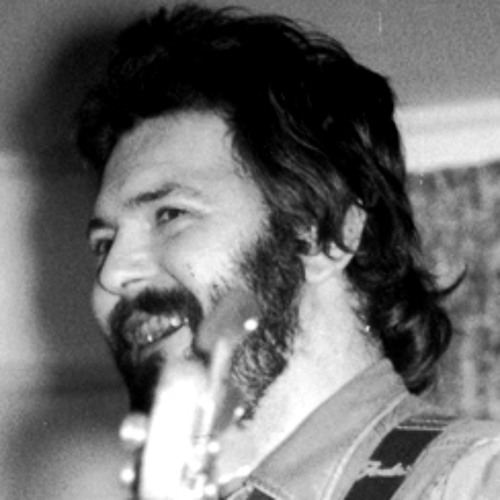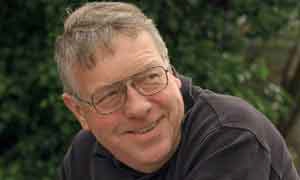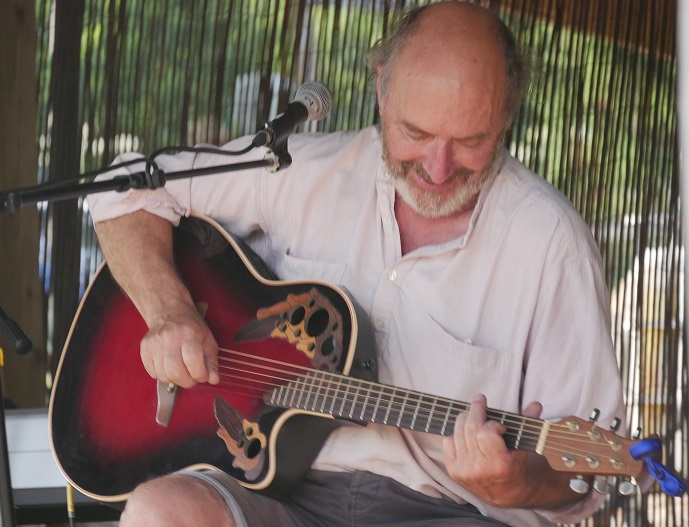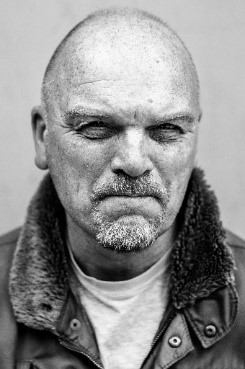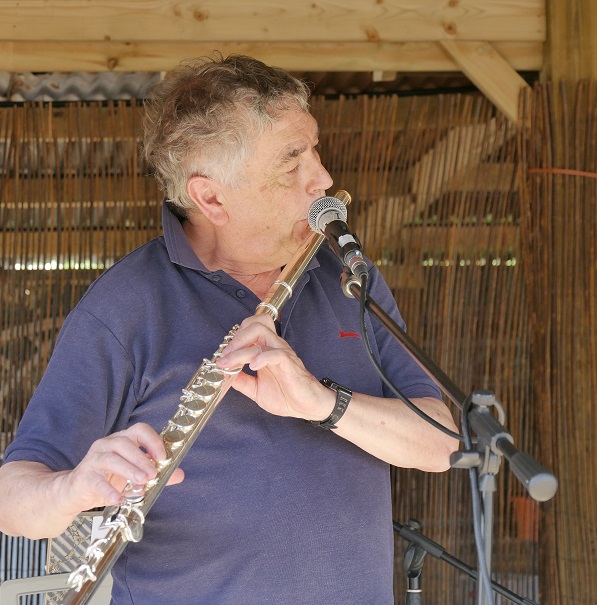By Ivor Bundell
© IMB (March 2015)
Contents:
Blackbird………………………………………………………………………………… 3
Buzzard…………………………………………………………………………………… 4
Capercaillie…………………………………………………………………………….. 5
Cuckoo…………………………………………………………………………………….. 6
Goldcrest………………………………………………………………………………… 7
Heron………………………………………………………………………………………. 8
Merlin……………………………………………………………………………………… 9
Nuthatch……………………………………………………………………………….. 10
Red Kite………………………………………………………………………………… 11
Redwing……………………………………………………………………………….. 12
Sparrowhawk………………………………………………………………………. 13
Woodpecker…………………………………………………………………………. 14
Blackbird

The blackbird is belligerent, he bounds
Across the lawn and brandishes his beak
To send the song-thrush scuttling away;
Only the robin, eyeing with disdain,
Stands his ground; the foolish pigeon waddles
Away, picks at grass, distracted, and flies
With noisy effort into the oak tree;
The keen-eyed blackbird picks and pecks the core.
Like for like – the rest ignore, is Nature’s
Usual silent law, though here the blackbird
Breaks the bonds like some fierce dinosaur
Intent on holding his own territory.
But when I come across him, dazed by sun
On the tar road, I’ll rescue and be done!
Buzzard

Above the corries and the tarns death wields
The raptor’s talons, flexing wing and claw;
Now buzzards fly where there were none before,
They mew and wheel and scream across the fields;
Crows raise a murder quick to mob the slow
And circling, higher and higher, finger-
-tips feeling the sudden wind-shift, linger
And twist, eyes burning cold on life below.
Nature moves and what was fixed unfixes,
The certainties of time and place removed;
That which was known is suddenly unproved
As evidence subverts and remixes.
High over fields the loitering buzzards soar
And mew and cry – where there were none before.
Capercaillie

The Capercaillie cracks the lek and strums
The throttle of his precious range; he arcs
His back with neck full-stretched and utters threats
To the intruding stranger, without fear
Or prejudice to bird or beast or man;
In his domain he rules unconsciously;
As if by right of birth he lords the stage
And plays his regal part with perfect art.
Upon the moors I ventured, all alone,
To feel the wind and watch the peregrine;
By rainbowed pools and swathes of black-burnt ling
I felt the blood that oils the marrow bone.
There is no solace in unbroken cloud
But here the Capercaillie reigning proud!
Cuckoo

From sub-Saharan Africa you flew
To take up residence in greener lands;
Whilst you by instinct made your travel plans
Your zig-zag flight we monitored and drew.
Our satellites above the blue relay
Your signals back to earth where we can plot
The path you take (we long ago forgot)
And watch you land somewhere not far away.
In April when the springtime showers fall
I listen for your soft deceptive call
But often not till May blooms on the tree
Do I hear your haunting melody.
Two notes repeated – such a simple song
To tell us Nature does no right or wrong.
Goldcrest

Beside the Itchen Navigation’s spate,
Among the willow root and bramble briar,
I watch the tiniest of birds inspire –
A flash of gold arrests and now I wait
And watch: I hold my breath to try and know
Which way it darts and where it lands in search
Of grubs and insects, driven from both birch
And conifer by the un-melting snow.
The light is fading as the waters spill
Across the meadow where the sedge lies flat;
The weeds beside the pathway weave a mat
That tangles weir and clogs the tumbled mill;
I turn to go but cannot fix my mind
On what it is that nature has designed.
Heron

Poised statue-still in gravestone grey he stands
Unblinking as the river flows by feet
That mirror in the mud; his crest curls neat,
His neck is white and thin; he understands
How Death’s deportment has an etiquette
To which he must adhere; he will not rush
The moment of dispatch; he will not flush
His prey but he will deftly dart and net!
Beware sleek eel that shimmers on the tide
Until the grey-bird spies you in the creek!
Beware lithe trout that streamlines near the side
Until the hunter hurls his spear-like beak!
The heron sheds no tear, does not regret,
Whilst nearby, ghost-like, walks the white egret.
Merlin
I turned to hear the Spitfire roar again
Across the Solent’s wind-lashed waves and sky,
An angel sweeping over marshes by
The Mulberry harbour through the Eastney rain;
Instead I watch a sudden Merlin fly
Across the sea; then from its lookout post
It spies a lark so high as almost lost
Upon the whitewash canvas of the sky.
Spiralling further in the startling height
The lark evades each angle of the hawk
That plays and practices each feint by right
Of gifted grace above high hills of chalk.
Now in an echo of their finest hour
The Merlin re-enacts its splendid power.
Nuthatch

– even the robin must give way! He feeds:
yellow-shirt, eye-dash, coat of steel-grey blue,
Parading, searching, taking what is due,
Boldly selecting the black nigra seeds,
Scattering what he will not eat to the ground
Where blackbirds dash and squabble, pipe and fret;
Etiquette? He has no time for that
But feasts while frost is cold and food is found.
Among the trees in summer I have seen
The silent Creeper zig-zag up the oaks;
The Nuthatch noisily descends and pokes
His beak in crevices in search of green
Bugs and the bounty of returning Spring –
Then I shall walk in woods in search of him.
Red Kite

On Beacon Hill the red kite mews and wheels,
Effortless in wind and ridge-edge riding,
Seeking the heartbeats frozen in hiding,
See how the high hawk hangs then turns and keels.
Over the valley the long-barrowed hill
Silently watches the river below;
Way to the south Wight ferries to-and-fro;
All movement balances and then is still.
We walk among the tussocks and grey sheep,
See violets and earthstars at our feet,
And in the sudden moment are complete
For this is all there is and ours to keep.
On Beacon Hill the red kite cuts a reel
And we remember what it is to feel.
Redwing

Each year the redwing come to feed on red
Berries by the window; lashings of bright
Fruit beckons their beaks; the sharp birds alight
In wing-flash squadrons where the sap has bled.
Each year the wind-tossed berry-burdened trees
Roll out a crimson carpet for a queen
To walk at will and watch the redwing preen
Their arctic flights and feed as they may please.
A witness to the moment as it falls
There is no reason to deny its part
In rendering thought, as if struck by a dart –
To see at first, then feel as memory calls.
Now redwings gather in the tree again;
I see the bloody fields awash with rain.
Sparrowhawk
I had left the Osteopathic Clinic
And was driving, cross-country, into town;
The road had re-opened over the downs –
Somewhat to my surprise as a cynic
Regarding road-works and diverted routes –
When, almost at the top of the long hill,
From right to left, split-second sight until
I quickly mark the sudden hawk that shoots!
And in that moment of the wind and sun,
When time was moving at a tempered pace,
I felt the thrill of life rush to my face
And steal a breath as if I could yet run!
But now these numbered days draw me to ground;
While songbirds sing I hide lest I am found.
Woodpecker

Green on green on grass with glaze-eyed stare he
Stands and stabs the passing ants and quickly
Licks his brackish beak and breaks with laughter
Like a clown, this red-capped madcap jester.
Not for him the drumming tree, the beetle
Under bark that burrows elm; not for him
The leafy grubs where cuckoos call in tall
Oak woods by Hamble’s mud and fallen limb.
His gambit here encroaches on the lawn
And pays no heed to new laid turf and signs;
Instead he feeds at ease along the lines
That flatten like the combing of the corn.
Without remorse, disdainful, dark and proud;
He will not turn to please the curious crowd.
